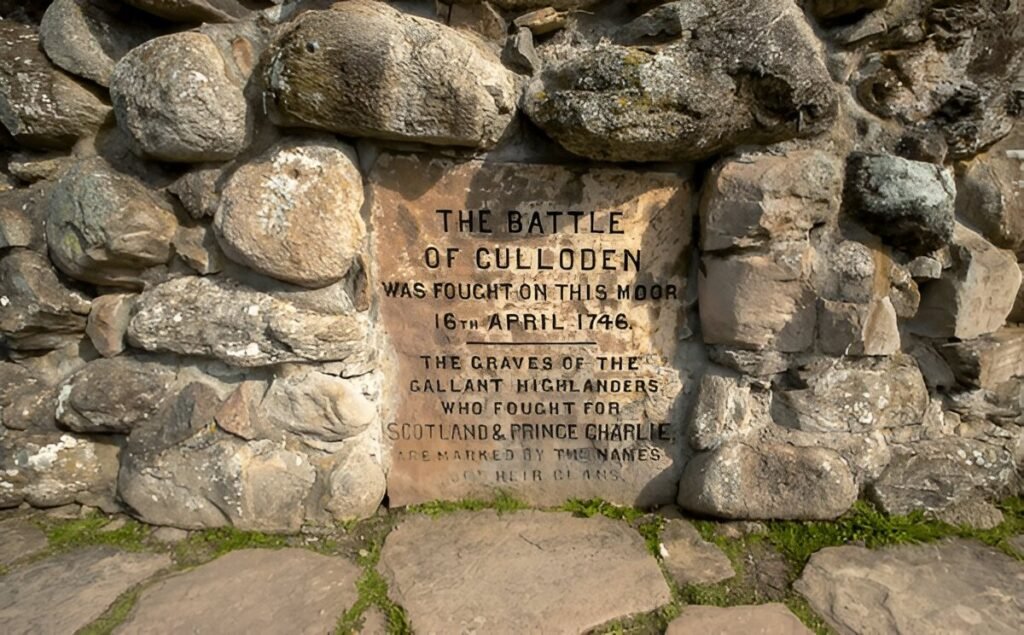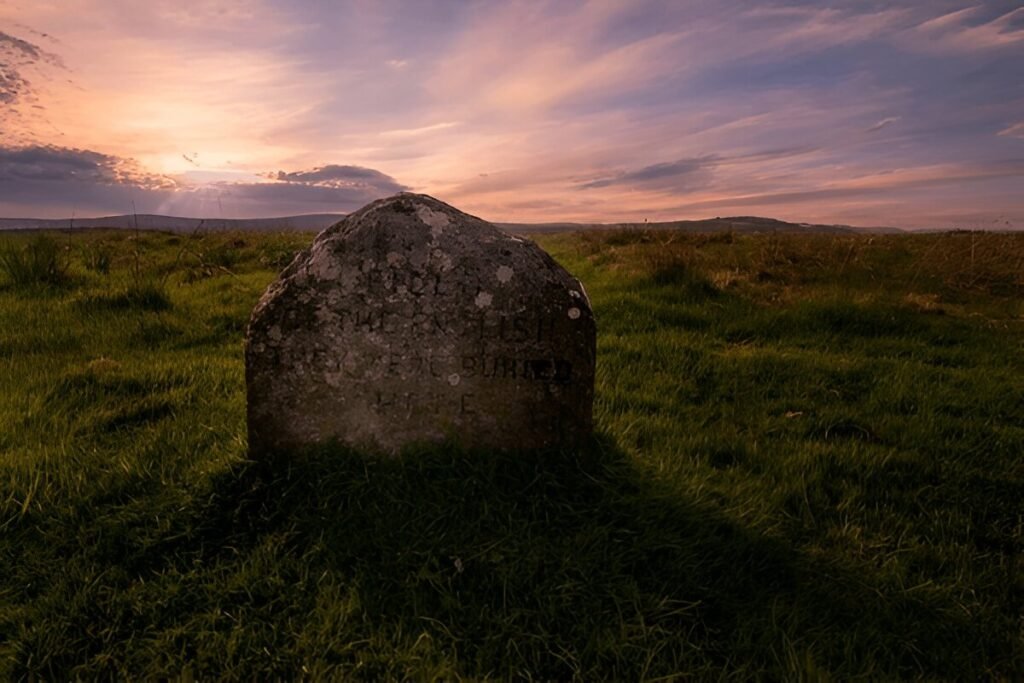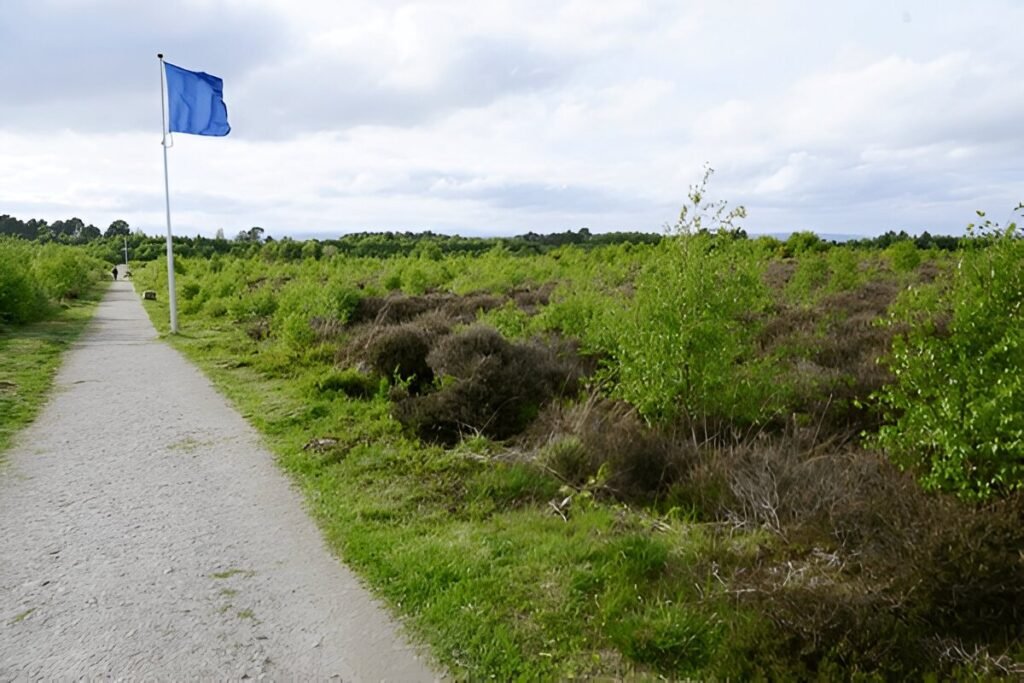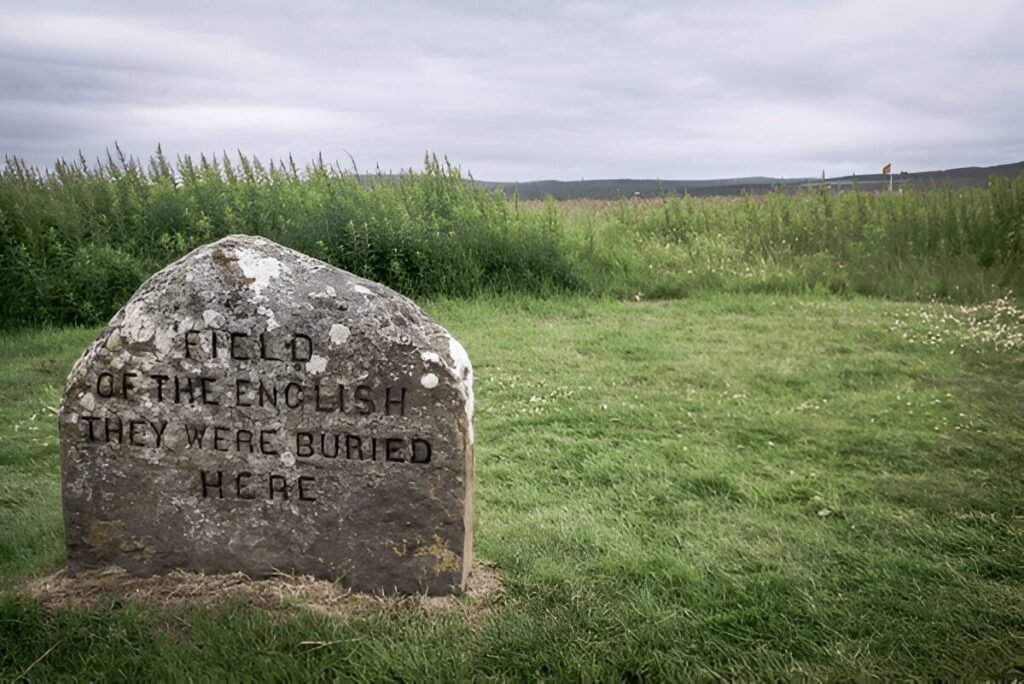Introduction
Scotland’s dramatic landscapes, rugged mountains, and sweeping glens have long been the stage for fierce and historic battles. From the famous struggles for independence to clan wars and invasions, Scotland’s battlefields are more than just pieces of land—they are the sites of incredible stories of bravery, strategy, and the shaping of the nation. Walking through these historic battlefields is like stepping back in time, allowing visitors to connect with Scotland’s turbulent past and understand the sacrifices made by those who fought to defend their land.
In this blog, we will take you through some of Scotland’s most iconic battlefields, each of which holds a fascinating story. Whether you’re a history enthusiast or simply curious about the past, exploring Scotland’s battlefields offers a profound and immersive experience.
The Battle of Bannockburn (1314): Scotland’s Fight for Independence
The Struggle for Freedom
One of the most pivotal moments in Scottish history took place at Bannockburn, near Stirling, in 1314. This was the site of the Battle of Bannockburn, a decisive victory for Robert the Bruce, King of Scotland, against the forces of Edward II of England. The battle was part of the First War of Scottish Independence and marked a turning point in Scotland’s fight for freedom.
The battle is celebrated as a symbol of Scottish independence, where the outnumbered Scots, led by Robert the Bruce, used their knowledge of the land and clever military tactics to defeat the much larger English army. The victory at Bannockburn secured Bruce’s position as King of Scotland and set the stage for the eventual recognition of Scottish independence.
Visiting Bannockburn
Today, the Bannockburn Heritage Centre offers visitors a chance to learn about the battle through interactive exhibits and guided tours. The battlefield itself is an open space, where you can walk in the footsteps of the warriors and see the location where the key moments of the battle unfolded. The nearby Bannockburn Memorial stands as a tribute to the bravery and sacrifice of those who fought for Scotland’s freedom.
The Battle of Culloden (1746): The End of the Jacobite Rebellion

The Final Clash of the Jacobite Uprising
The Battle of Culloden, fought on April 16, 1746, was the last major battle fought on British soil and the final confrontation of the Jacobite Rebellion. This battle marked the end of the Jacobite attempt to restore the Stuart monarchy to the British throne, led by Charles Edward Stuart, known as Bonnie Prince Charlie. His forces, consisting mostly of Highland Scots, faced the army of King George II, commanded by the Duke of Cumberland.
The battle was a devastating defeat for the Jacobites, with over 1,500 Scots killed in a matter of hours. The aftermath of Culloden brought about harsh reprisals, including the destruction of Highland culture, the banning of Highland dress, and the suppression of the Gaelic language. Culloden thus stands as a symbol of the end of an era for Scotland.
Visiting Culloden Battlefield
The Culloden Battlefield is now a National Trust for Scotland site, offering an emotional and educational experience. The Culloden Visitor Centre provides detailed exhibits on the battle, the Jacobite cause, and the events leading up to the confrontation. The battlefield itself is remarkably well-preserved, with marked graves for fallen soldiers and a series of memorials. Visitors can walk the site, stand where the battle took place, and reflect on the tragic events that unfolded there.
The Clava Cairns, a prehistoric burial site located nearby, is also worth a visit for those interested in Scotland’s ancient history.
The Battle of Stirling Bridge (1297): William Wallace’s Triumph

The Legend of William Wallace
Stirling Bridge was the site of a dramatic victory in 1297, when William Wallace, the famous Scottish patriot, led his forces to a stunning defeat of the English army. The battle was part of the Wars of Scottish Independence, and Wallace’s victory at Stirling Bridge is considered one of the greatest in Scottish history. The battle was particularly significant because Wallace’s forces were vastly outnumbered by the English, yet they used the terrain and clever tactics to defeat the much larger and better-equipped army.
This victory established Wallace as one of the most revered figures in Scottish history and cemented his legacy as a symbol of Scottish resistance against English rule. The battle also made Wallace a hero of the Scottish independence movement, inspiring generations to fight for the nation’s freedom.
Visiting Stirling Bridge
The site of the battle is marked by the Stirling Bridge itself, a 16th-century structure that still stands today. Visitors can walk across the bridge and imagine the chaos and courage of the soldiers who fought there. The National Wallace Monument nearby offers panoramic views of the battlefield and a deeper insight into Wallace’s life and legacy. The monument is dedicated to Wallace and features exhibits that tell the story of his life and the battle.
The Battle of Flodden (1513): The Tragic Loss of James IV

A Royal Tragedy
The Battle of Flodden, fought on September 9, 1513, was one of the deadliest battles in Scottish history. The battle took place in northern England, near Cheviot Hills, and saw the forces of King James IV of Scotland clash with the army of Henry VIII of England. James, who led the Scottish army himself, was killed in battle, along with many of his nobles, making it a disastrous defeat for Scotland. Over 10,000 Scots perished, marking a significant blow to Scotland’s monarchy and its power.
The loss at Flodden had a profound impact on Scotland, weakening the nation and leaving the throne vulnerable. The battle is often seen as the end of the Stuart golden age, with the death of James IV and the loss of so many noblemen.
Visiting Flodden Field
Flodden Field is now a peaceful memorial site, with a commemorative Flodden Battlefield Walk marking the key locations of the battle. Visitors can walk the fields where the tragedy unfolded, reflecting on the lives lost and the historical significance of the conflict. The Flodden Monument, a tall obelisk, stands in the centre of the battlefield, paying tribute to the fallen Scots, particularly the Scottish nobility who died that day.
The Battle of Killiecrankie (1689): The Clash of Jacobites and Williamites

The Last Stand of the Jacobites
The Battle of Killiecrankie, fought in 1689, was one of the first major battles of the Jacobite rising of 1689. The conflict was part of the wider struggle for the throne of England and Scotland, with James VII (II of England) and his supporters, the Jacobites, fighting against the forces of William of Orange. The Jacobite army, under the leadership of Viscount Dundee, achieved a dramatic victory over the Williamite forces in the Pass of Killiecrankie, a narrow gorge in the Scottish Highlands.
Despite their victory, the Jacobites suffered heavy casualties, and Viscount Dundee was killed in battle. The win, though significant, did not lead to a lasting victory for the Jacobite cause, and the subsequent battles would continue to shape Scotland’s history for years to come.
Visiting Killiecrankie
Today, the site of the Battle of Killiecrankie is a National Trust for Scotland property. The Killiecrankie Visitor Centre provides insight into the battle and its historical significance. The battlefield itself is accessible, and visitors can walk the same paths where the Jacobites made their stand. The dramatic landscape of the Pass of Killiecrankie adds to the experience, as it allows visitors to visualize the fierce fighting that took place there.
Conclusion
Scotland’s battlefields are not just sites of historical interest—they are places of deep significance that offer visitors the chance to connect with the nation’s past. From the valiant stand of William Wallace at Stirling Bridge to the tragic loss at Culloden, these battlefields are the footprints of warriors who shaped the course of history.
Walking these fields is an immersive experience that brings history to life, allowing you to reflect on the bravery, sacrifices, and struggles of those who fought for Scotland’s freedom, culture, and identity. Whether you’re exploring Bannockburn, standing in the shadow of the Culloden Memorial, or wandering the quiet fields of Flodden, Scotland’s battlefields offer a unique and poignant journey through the nation’s rich and tumultuous history.












